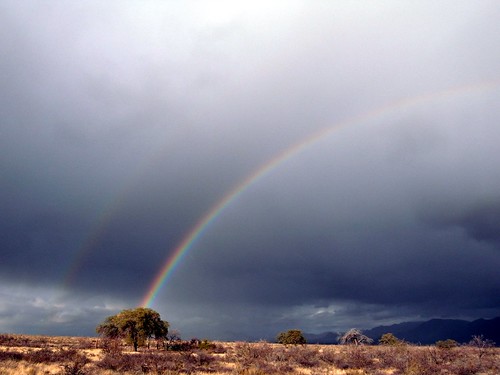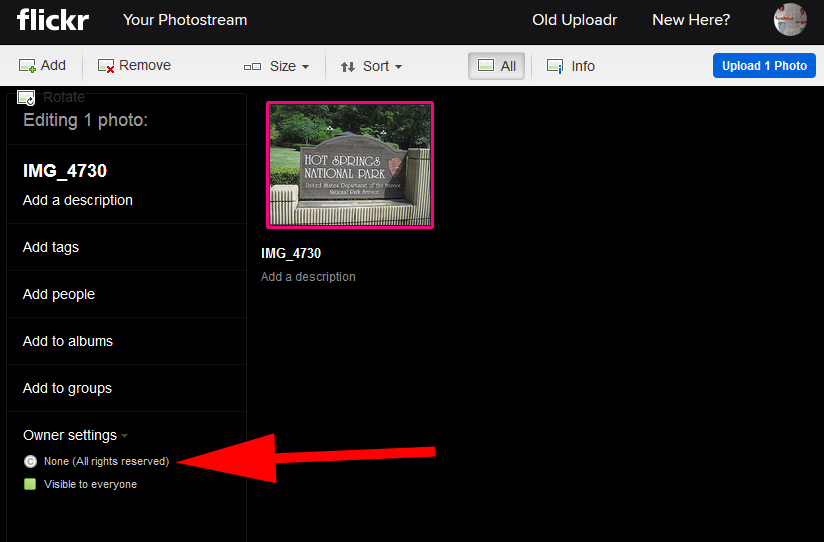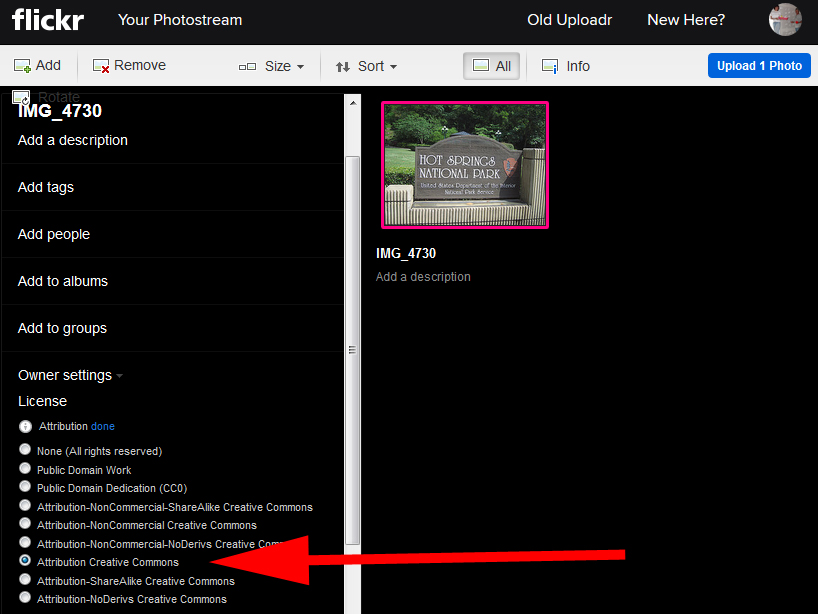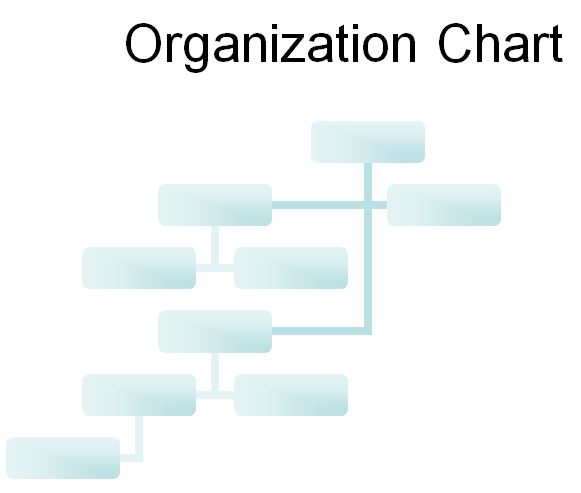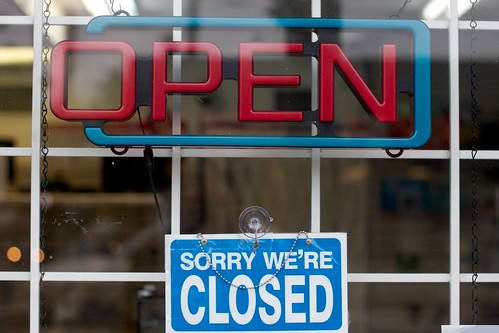
I am a believer in open peer learning. We are social beings and learn best through sharing with others. Whether it is through my education related experiences like those at Peer 2 Peer University and CLMOOC, or through more informal interactions like our seed library, I have seen the benefits of this kind of learning.
Peer learning often implies a decentralized, learner-driven approach.
When I started the P2PU School of Ed, after having done pretty traditional stand-and-deliver PD for many years, I very consciously remade my role as that of an almost-in-the-background facilitator. I knew that peer learning is about tapping into the wisdom of the group and letting them lead, instead of being the “expert” on the stage.
In making this transition, I quickly found two things: 1) The role of an organizer/facilitator can be just as much work as that of a teacher and 2) many participants expected and wanted a teacher and a so-called expert leading the courses. I fought this though and continued to try to inspire self direction and self leadership in each group.
As I got into working with MOOCs, again I sought to create environments that were peer- and self-driven. Recently, the idea of “headless” MOOCs has become popular. The basic idea is to run a massive open online course that has no “teacher” (or even facilitator) but is instead run by the community.
I think the motivations for this type of approach are many. One is the philosophical desirability of a truly peer-managed community. It may be that the absence of a “teacher” allows or even causes informal leadership to rise up. I also suspect that a large driving force is sustainability — many MOOCs are run with little or no funding, and teachers/facilitators/organizers are hard to come on an unpaid basis, especially on a sustained basis.
Now, I think it’s worth differentiating between the more traditional “teacher” role and the “organizer” role. These two roles act in very different ways, but in my experience, the time required is not much different from one to the other. And in the cases I’ve been involved in where there is a desire to go “headless” or peer-organized, the plan is to have no one assigned to this position, except to the extent that peer participants step into that role informally (a necessity, in this model).
Having been a part of several attempts at this, both as an organizer and as a participant, my own belief is that some formal (and I use that term loosely to mean someone who has “signed on” and committed to do this for the duration of the course) leadership is essential to a successful online learning experience. Someone has to do the hard work of building community, encouraging peer learning, and generally making sure the thing moves forward.
(Curiously, after struggling over the need or desirability of formal leadership, I read Seth Godin’s Tribes, in which he extols the need for a strong leader in creating a tribe.)
Circling back to my earlier ideas of equity, inclusivity, and meeting people where they are, I think that in many cases, participants need a leader of some sort to feel comfortable. Peer learning is not how most of us have learned to learn, and many are uncomfortable with the skills involved in self-directed learning and peer communities. I have heard and seen many instances of people disengaging from learning experiences in which they are pushed toward a model of extreme self direction.
While I like to imagine a world of perfect open, self-directed, peer-led learning, the relatively few examples I’ve seen of this are very small and consist mainly of luminaries who are already sold on this model.
How do we increase participation of this sort to those who are not already in the “choir?” This is the central challenge of most of my equity-related values challenges.
I think there are several ways to move toward this. First, we must realize that we have to be flexible. Then as we do with learners of any type, we scaffold the learning. Start with a leader(s) who values what you are trying to create but can also support a wide range of learning styles. Be very welcoming. Meet people where they are. Encourage choice by offering a range of learning experiences from traditional to progressive, and then try to move people along that continuum. Realize that this movement may take a lot of time. Where “open” is overwhelming, probe on what is causing discomfort and give choices. Where the volume of discussions in the community is a fire hose, offer curated options. Provide as much consistent, personal, supportive person-to-person contact as possible. Build peer relationships and build community. (And it is worth noting, that I don’t believe that a single course can create a community. Community is built over time with many interactions and much love and support.)

